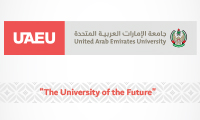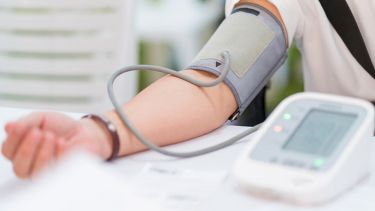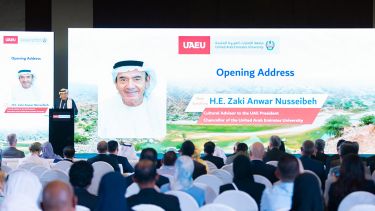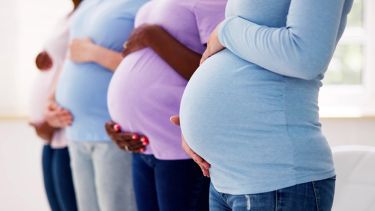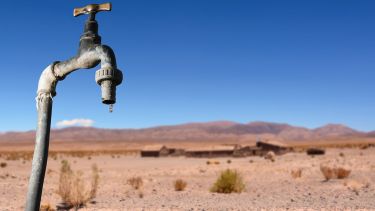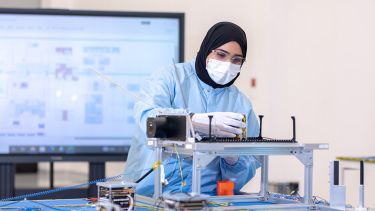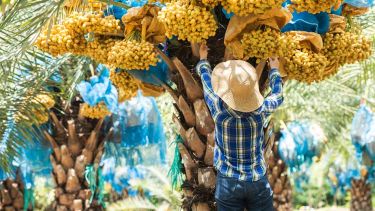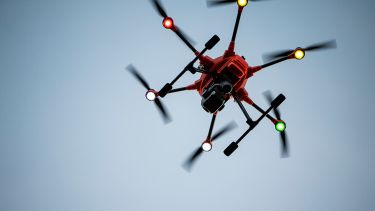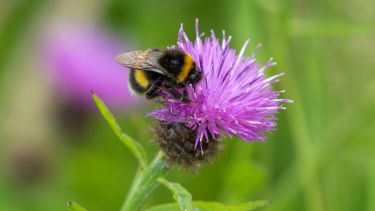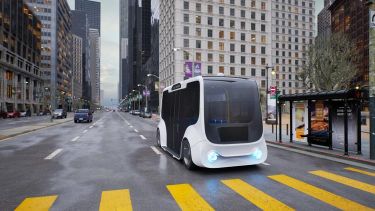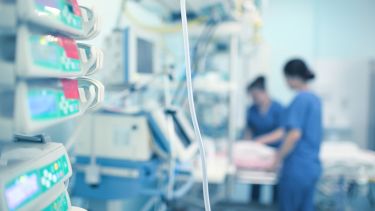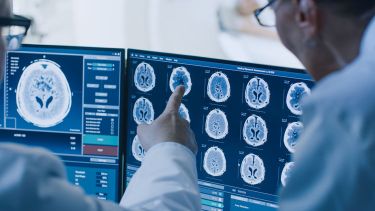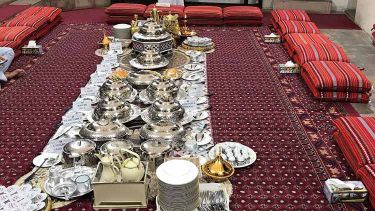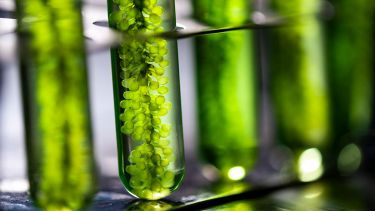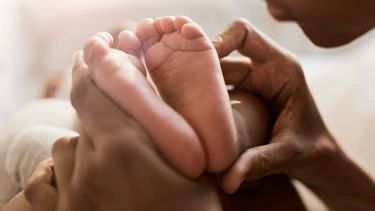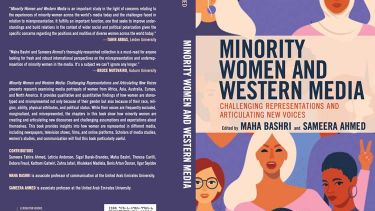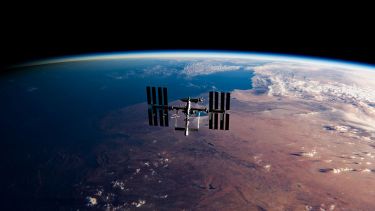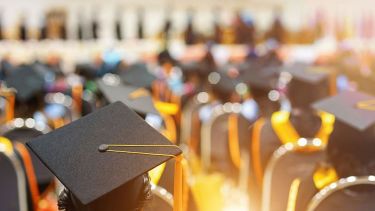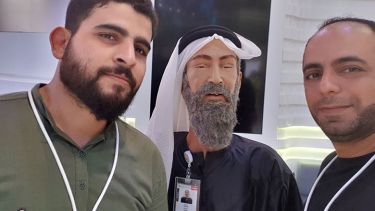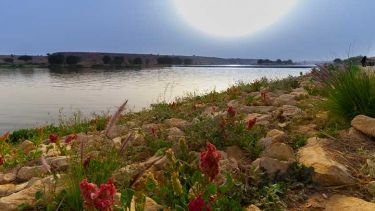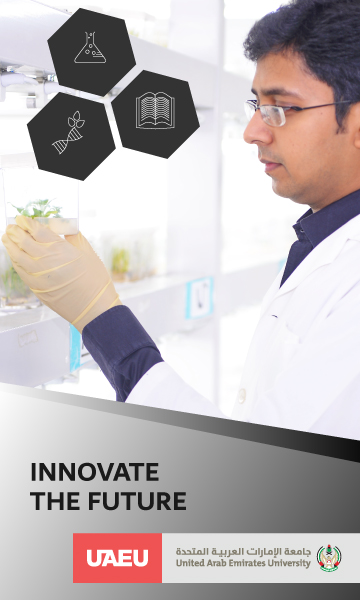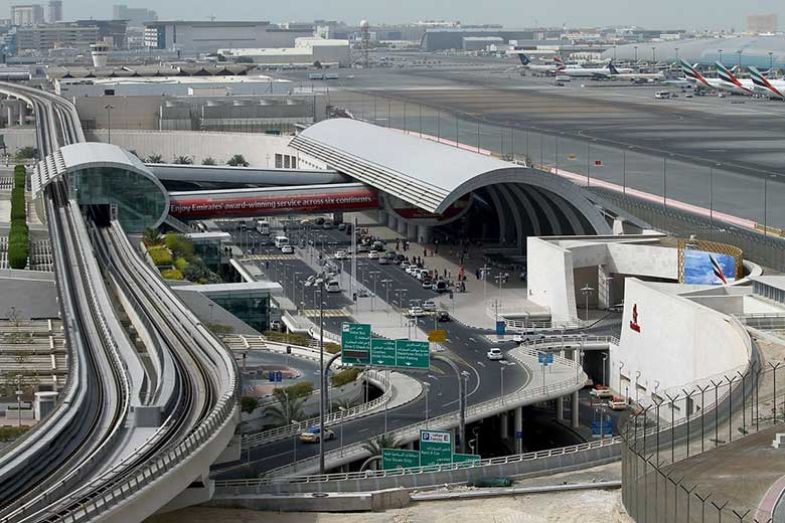
Source:
UAEU

UAEU is helping enable best practice for urban centres, tourism and transport hubs
Founded in 1976 as the first and still the largest academic institution in the United Arab Emirates (UAE), the United Arab Emirates University (UAEU) has long contributed to the development of the UAE. With citizens of 64 countries among its 14,000 students, the UAEU and some of its most timely research serve the UAE’s status as an international transport and tourism hub, in particular the airports of Dubai and Abu Dhabi.
UAEU’s travel and tourism research aims to optimise these airports’ ground access modes, their sustainability and their impact on urban planning. Leading on this is Khaula Alkaabi, the UAEU’s chief innovation officer and associate professor in its geography and urban sustainability department. Dr Alkaabi’s expertise includes air transportation, land use planning, spatial analysis, tourism, urban development, regional economy and, lately, innovation and Mars surface exploration.
“I was very interested to do research on transport geography and urban sustainable developments,” she explains. “UAEU has provided me with opportunities and support.”
In 2019, Dr Alkaabi authored a paper that examined ground transport access modes from Dubai International Airport, with the objective of learning more about travellers’ access mode choices. It found that comfort and travel time were the main priorities: as a result, private vehicles were the most used means of accessing the airport.
In order to achieve a smarter and more sustainable transportation system, she recommended that authorities take further initiatives to encourage use of public transportation, especially the growing Dubai Metro service (pictured below) and other modes of transport that reduced volume and had a smaller carbon footprint, such as park-and-ride schemes and car pooling.
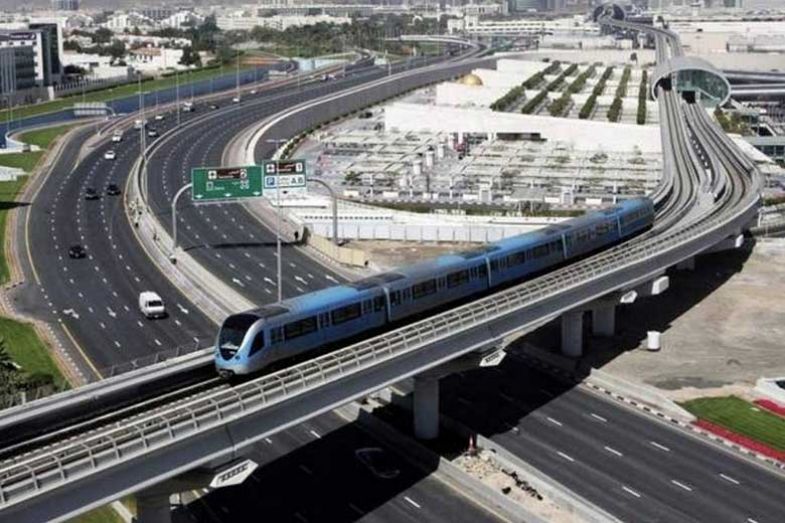
“Understanding the travel behaviour of airport users can guide the government through the planning process to achieve an effective and sustainable transport system, diminishing traffic congestion and car dependency,” says Dr Alkaabi. “This helps to promote sustainable growth of national developments.”
She also recommended a further study to determine the effect of different seasons on travellers’ choices of ground access mode. In winter, Dubai experiences incoming tourism, whereas in summer, residents tend to head abroad.
“This can contribute in providing more insights and information to transport operators in the city to improve their individual services and increase their share of the airport ground access market,” she explains.
Dr Alkaabi is also exploring the environmental implications of urban expansion of Abu Dhabi City, using survey techniques and geospatial analysis. Such projects underline an important research focus for the UAEU: helping to develop innovative and sustainable solutions for its transport infrastructure.
The UAEU’s Roadway, Transportation and Traffic Safety Research Center (RTTSRC) provides technical, academic and practical training in line with the government’s ongoing project to enable national growth by improving the UAE’s transportation systems.
The RTTSRC, says Dr Alkaabi, “aims to boost UAEU’s role in serving the community’s developmental goals”.
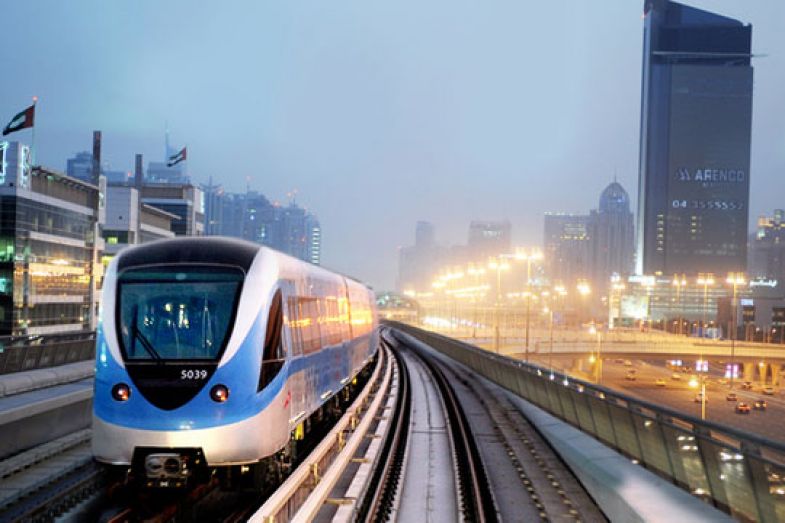
The UAEU’s work has synergies with what Dr Alkaabi views as one of the most innovation-friendly countries in the world. “The importance of innovation in the UAE’s agenda makes it central to all government entities,” she says.
Recent studies have identified three areas where government action can promote aviation’s growth and bring even more value to the UAE. These include increasing airspace capacity to ease congestion and meet future demand once lockdown restrictions are eased, and continuing to leverage new technology to enhance efficiency and passenger experience. There is also a requirement that these be sustainable developments.
The UAEU’s expertise and curriculum make it an ideal partner for pursuing these goals. “I welcome opportunities to be part of other research projects that would help implement smart, sustainable developments and meet mobility needs, while meeting environmental and socioeconomic values,” says Dr Alkaabi.
With the Covid-19 pandemic posing challenges to transport and tourism, Dr Alkaabi hopes that it also provides an opportunity to develop innovative solutions for improving travel infrastructure.
“Ground-breaking technologies for more efficient transport models [in order] to face unexpected crises are continually explored in the mobility sector,” she says. “Many research projects are under development to find solutions for how to travel safely during this situation. Likewise, every research project we do at UAEU that is designed to deliver future benefits now has added importance.”
To learn more about the UAEU’s research into land use and urbanisation, read “Land use/land cover change along the Eastern Coast of the UAE and its impact on flooding risk”, published in Geomatics, Natural Hazards and Risk.
Find out more about the UAEU.
